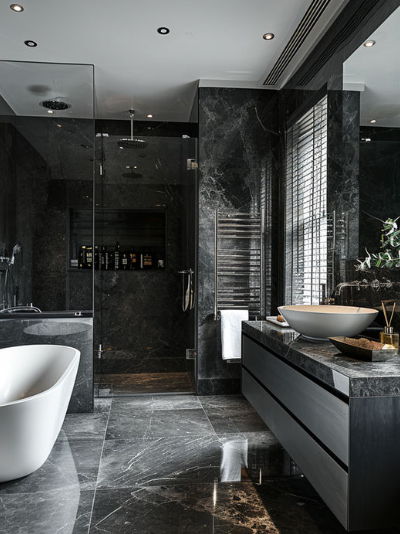Grey is often described as the color of urban elegance and sophistication. Its use in interior design creates a contemporary, tranquil space that is ideal for both residential and office environments. In this article, we will explore why grey should be used in interior design, its psychological significance, the colors that best complement it, as well as provide some tips on how to decorate using grey.














